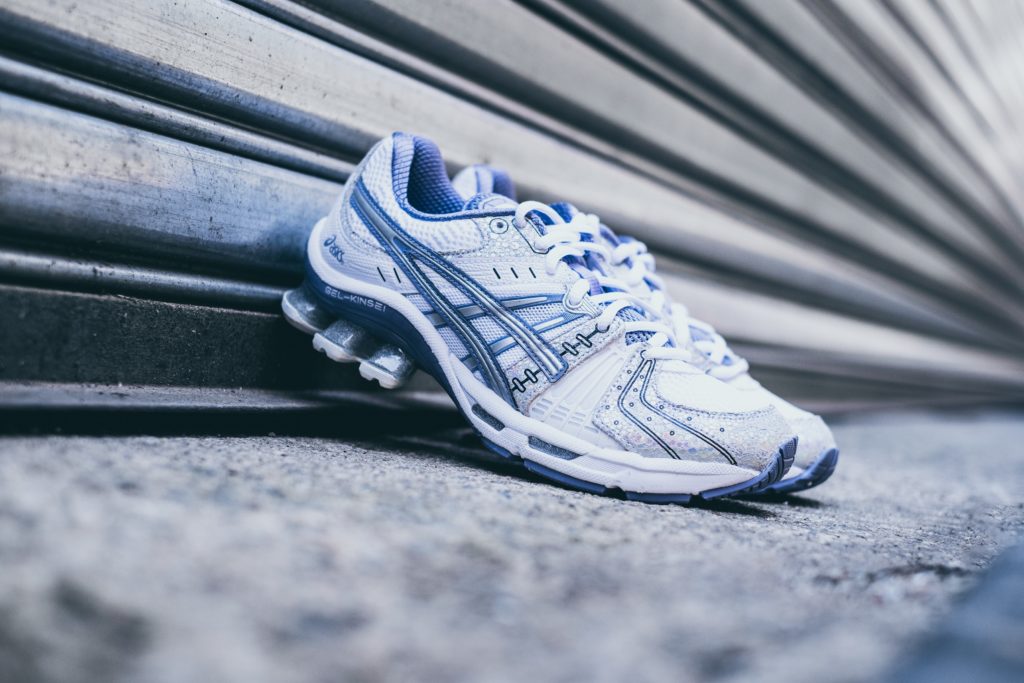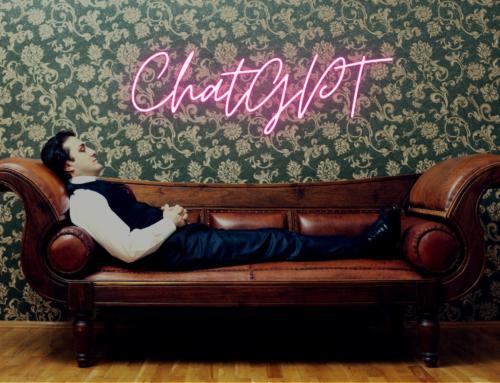I started running again.
I haven’t done it seriously since high school, where I ran cross country for a brief period.
My friend Steve, a long-time runner, heard the news about losing one of my dearest friends. He called me one day to offer his support while I was grieving.
After I poured my heart out about how this loss affected me, he offered his kind words of consolement. He then did something unexpected.
“John, my friend, here is what I suggest you do…Start running,” he said.
“Running?”
“Yes. Trust me. Get yourself some new running shoes and start slow. Do it once per week. After some time, expand it to twice a week and so on.”
“Hmm.”
“After each run, you’ll feel your head clear, and you will get stronger. It will be great for your mental health. Get a habit tracker. It’s not about going fast, my friend. Go slow. Think of this as a 20-year marathon,” Steve prescribed with love.
(Steve and I have been friends for over 20-years. We met when I hired him to run customer support for my first venture. About a decade ago, he left the tech industry and became a successful founder of a fitness center network.)
About four months before I wrote this article, I followed his advice.
I bought a pair of Brooks running shoes and started slow. Just like Steve recommended.
Once a week, I ran at a reasonable pace for 30 minutes or 1-2 miles, whichever came first.
Luckily, I live near the westside of Manhattan. It now features a beautiful riverside park adorned with running and biking lanes perfect for my new habit.
There, I plug in my AirPods, put on my technical running gear, my new running shoes, and just go.
Each run has been a journey, full of new experiences for me.
On the road, my (negative) thoughts melt away little by little.
I begin to feel my body warm-up, and suddenly I start floating at a good pace. I push play on custom tunes from DJ Hools, my close friend and former co-founder. I focus on my breathing– in through the nose and out through the mouth.
The first few times were tough, but I made it through. But, as I continued to maintain the weekly routine, I noticed some things about myself.
First, the quiet mind during the run is a welcome relief from all the stresses of running a startup. There are times when I feel pain in the weirdest parts of my body during the run. On one run, I felt an acute pain in the groin area. But, as I turn my attention to that part, slowed my breathing and my pace, a transformation occurred.
That pain became a bit of a motivator. I mean that I wanted to feel the pain, overcome it, and then power through it. I did it. And that run ended up being the best that month, reaching milestones on distance and pace.
Here is the thing.
I think I was able to do that because my mind is clear.
When I run, I am present in the moment. I feel the blood course through me, my lungs filling with air, and my vision becomes crisper. My cadence is synchronized to the music. I look ahead and set mini-goals for myself, and every time I hit one, I set another one.
The energy from these micro-wins starts to build into an unstoppable–slow but steady–momentum.
Before I know it, I surpass the distance I achieved the last time around–sometimes even faster.
And, then I want more.
Newport
I was waiting for the call.
It came in the afternoon, just as I checked into a hotel in Newport, Rhode Island. I was there for a much-needed break with my wife and 2-year-old daughter.
When my phone rang and the caller-ID popped up, my heart sank. I knew this caller was bearing bad news. I could just feel it. It had been a while since we had last spoken, and when time passes like that, it can’t be good.
My board and co-founders were checking periodically to hear the latest.
When I picked up the call and listened to the sobering news, my worst nightmare came true.
I had been left at the altar.
Our acquisition would not go through. I’d been working on it for several months and negotiating with the buyer.
“I am sorry, John,” the caller explained. “My board just wouldn’t do it. I know what’s it’s like to be left at the altar. I didn’t expect I’d be on the other side like this.”
I shared the news with my board and then turned off all forms of communication.
My back started to hurt. And then the headaches began.
I told my wife what happened and ask for permission to quarantine in one of the rooms and drink myself through it.
As the vacation wore on, I started to pick myself up. I took a deep breath one day and started writing my learnings from this experience. I then made a list of things our company would need to do over the next six months to transform the company.
It was so clear now. I felt energized.
I put the plan into action immediately upon my return. We made real sacrifices. We shrunk the business, reconfigured our sources of revenue, and changed the team.
A year later, I was back in Newport.
I hosted the last customer conference since the completion of our merger with a leader in the industry.
The same company that said no, came back with more energy and interest than ever before. We were also more attractive, having made the necessary changes to get a yes this time.
Thanks to the experience, I grew as a CEO. I had more clarity about the role and what it really takes.
The Newport experience wasn’t the only one of it’s kind in my tenure as CEO.

Photo by Hipkicks on Unsplash
A few years ago, I received a term sheet from a VC that felt like a stab in the heart. In 2020, my company was frozen, much like many businesses, because of the global lockdowns due to the pandemic. We had to figure out how to advance a series of international projects in places where face-to-face meetings are a cultural must.
Startups are like a long series of runs.
The moment you start running, you encounter obstacles large and small that are designed to surprise you.
You’ll be surprised by how much the obstacle affects your perception of self. Sometimes, it has a slowing effect on your cadence. But, as you slow down and focus on that pain, that’s when you find opportunities for growth and transformation.
“Good CEOs run toward the pain and the darkness; eventually they even learn to enjoy it,” explains Ben Horowitz.
Over several years running a company, you learn to expect these little signals. If you are in the right state of mind, you’ll learn to anticipate the transformation that follows it. The key is to slow down, stay with the experience.
Slow your breathing.
Let the challenge guide you to the right place. Take action, including slowing down the business to assess. Get your team to breathe slowly too.
Whatever you do, don’t stop. Keep running.
Convert that pain into fuel.
Before you know it, the way forward will become clear. You and your team will begin to make small improvements. You’ll surprise yourself with the ideas you generate. And, your pace will improve again.
Each win will accelerate into an unstoppable–slow but steady–momentum.
Before you know it, you’ll surpass the distance you achieved the previous month, quarter, or year.
And, then you’ll want more.
Here is what I have learned from my running so far:
Take it slow — going slow is better than going fast. It’s not about speed. It’s about longevity.
Your body is stronger than you think — you’d be amazed by what your body can do if you could just get past the barriers created by the mind.
Set small goals — on the run, don’t think about the final destination, just the next few meters ahead of you.
Make small improvements — with each run, try to make small improvements. It can be anything from your breathing to your stride. Perhaps it’s the way you swing your arms or the way you quiet the thoughts in your head. But, when I say small, I mean 1-3%. No more. Each run is one of many thousands, so don’t rush the change.
Enjoy the transformation— you will notice a slow but steady change. It will feel like an evolution almost. Embrace it.
Use the pain — listen to it when you feel that throbbing feeling in your calf or hamstring. Slow down. Breathe. Walk, but don’t stop. The pain is a signal that change has begun. It’s the beginning of a better you.



